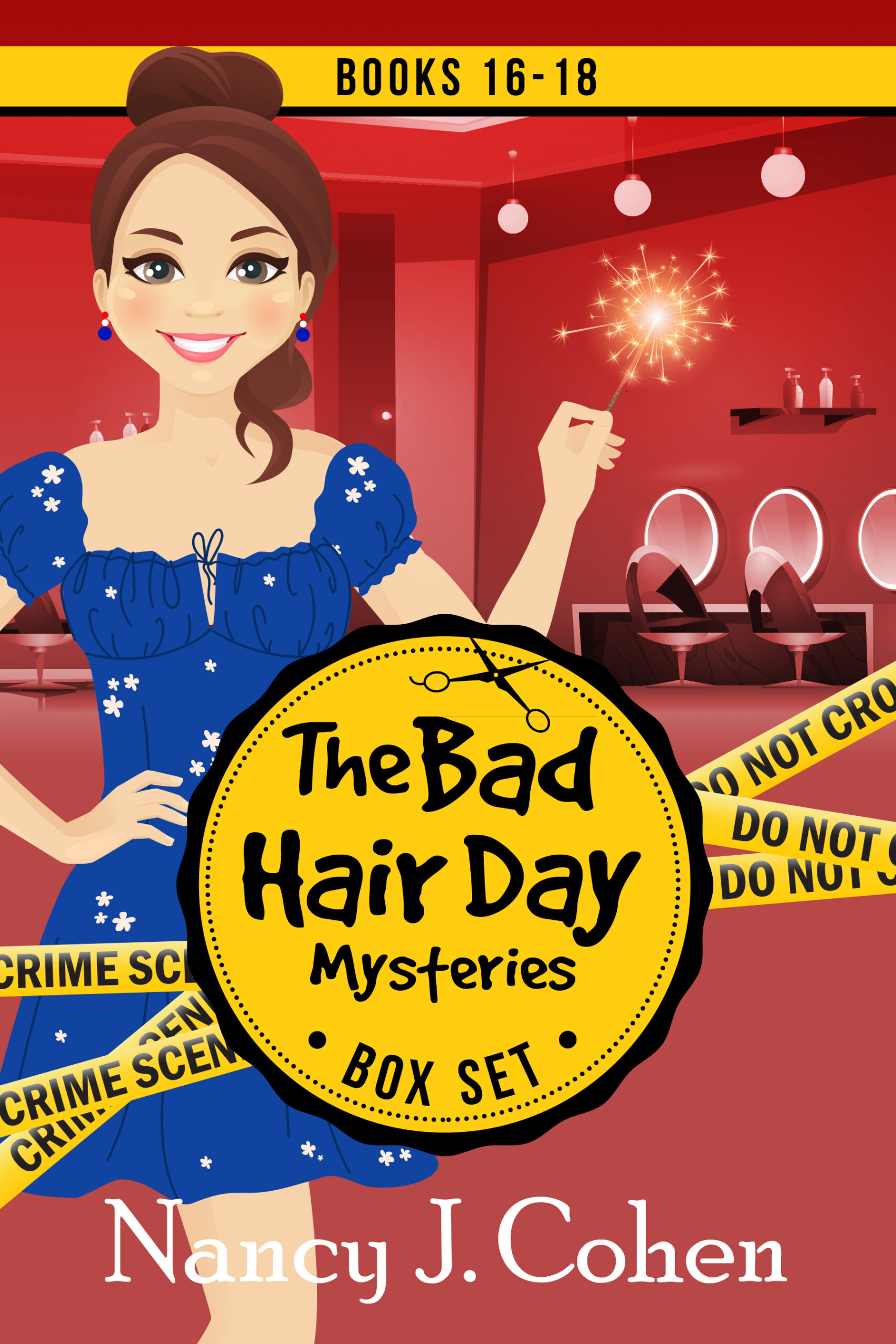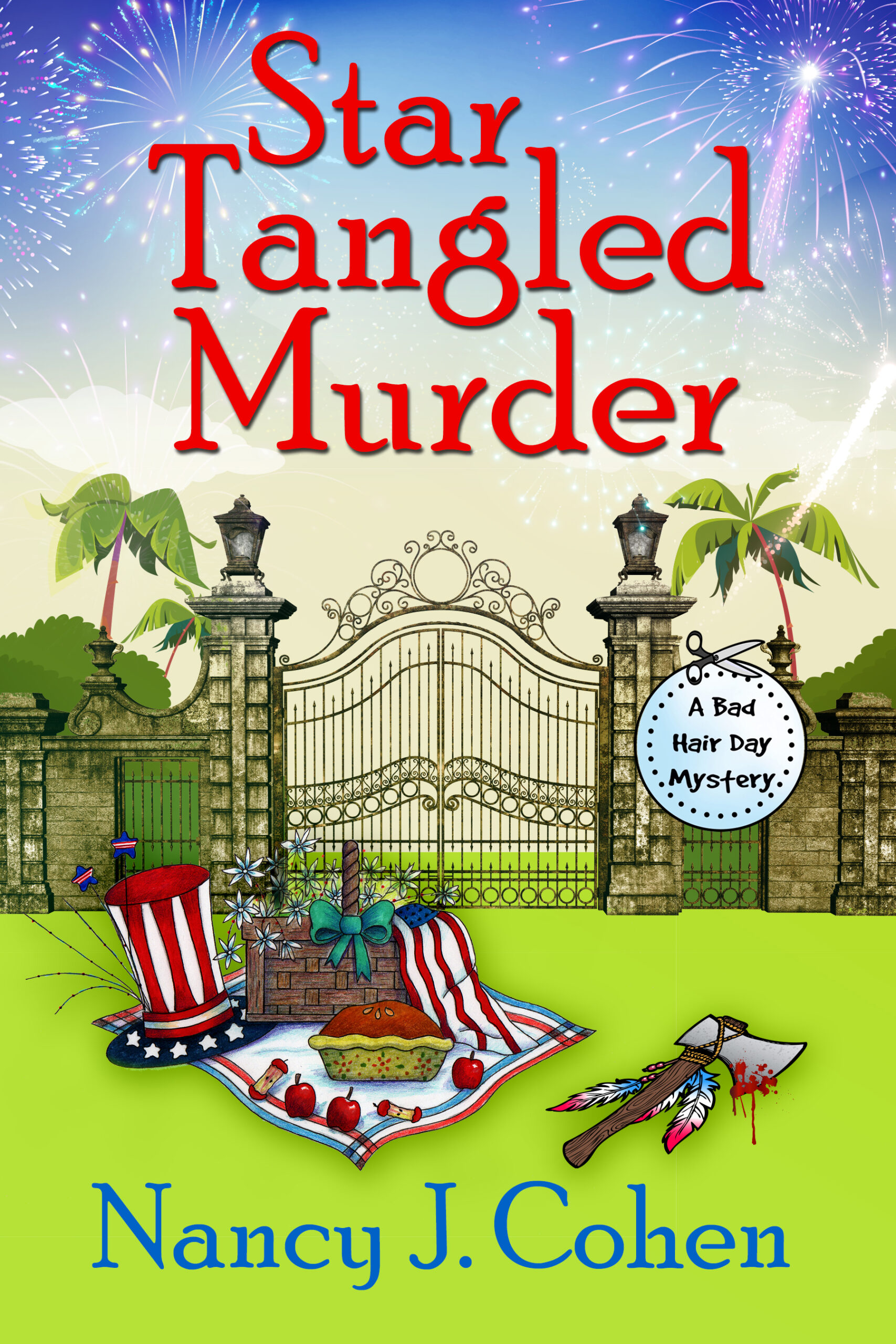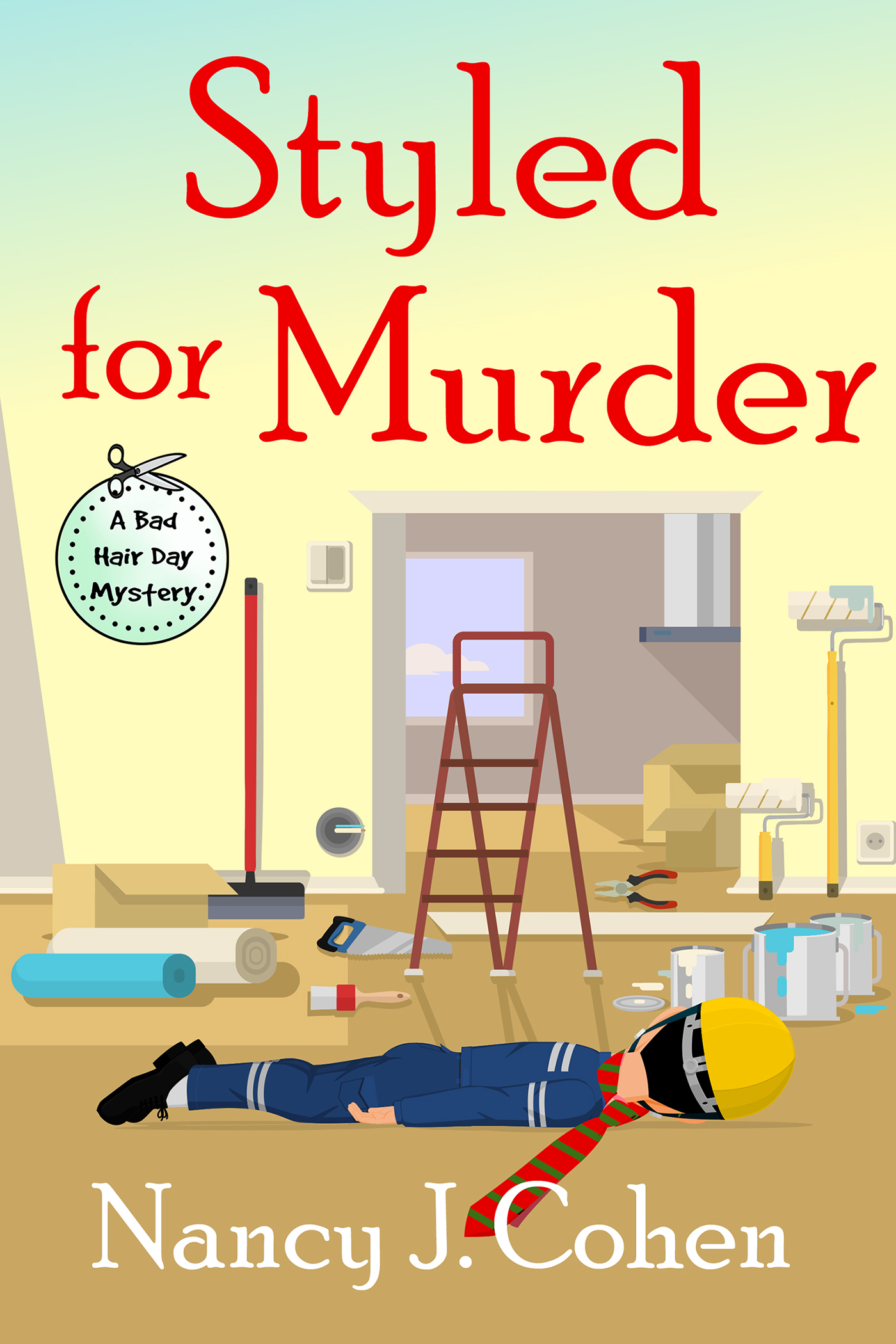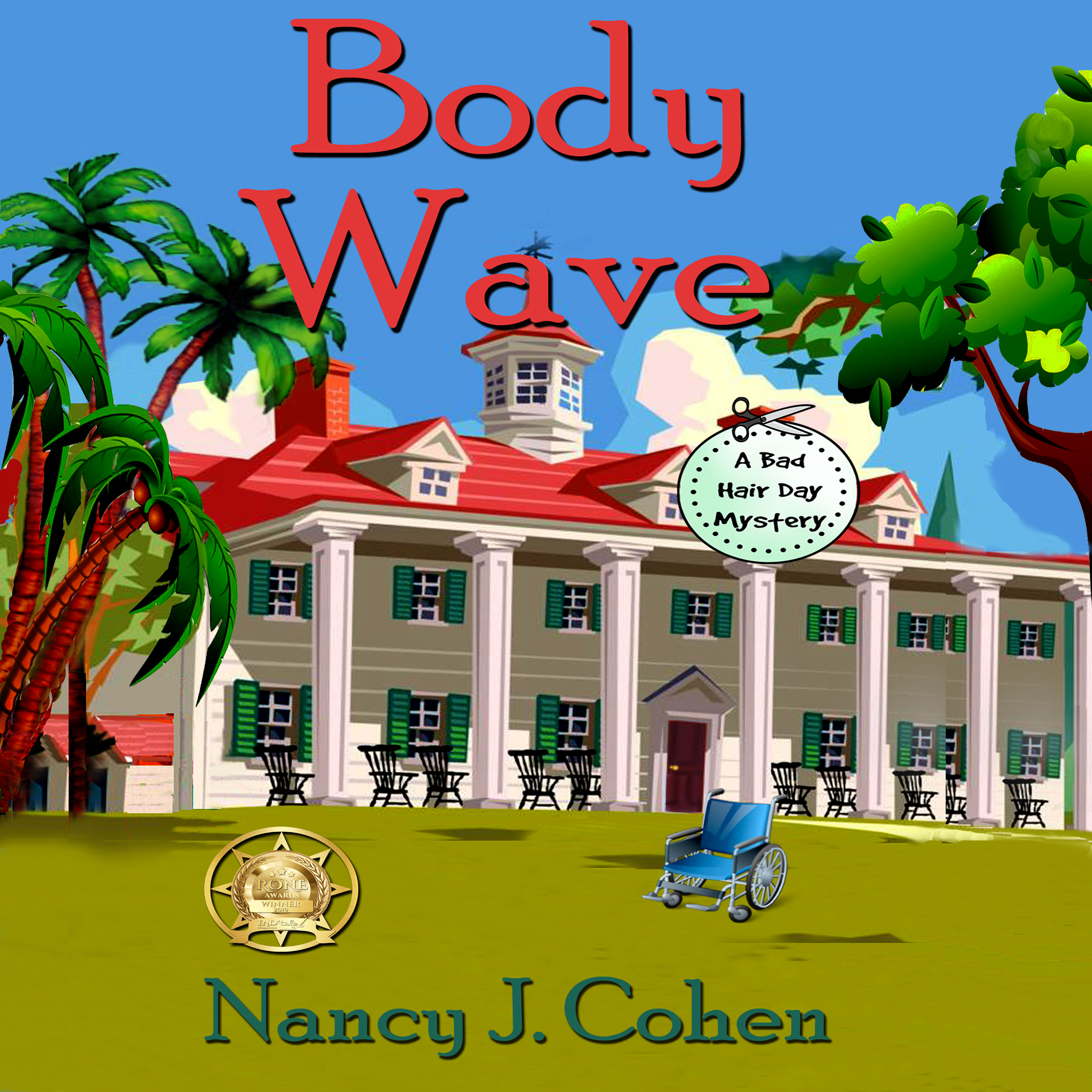Writers Conference on Independence of the Seas
Fun in the Sun Writers Conference on Independence of the Seas
Sponsored by Florida Romance Writers
February 16, 2017
As soon as we boarded Independence of the Seas, we headed to lunch in the Windjammer Café. Entrees were tempting. They had the grill with burgers and hot dogs inside here instead of out on the pool deck like on other ships. Desserts were not overly appealing, especially after the artistic confections on Celebrity Equinox. The cookies were the crunchy type, whereas I prefer soft, chewy centers. However, there is a soft ice cream machine on the pool deck that’s free to guests.



We strolled around and unpacked a bit before the lifeboat drill. This one took place outside on the deck where we lined up like sardines and stood there for a half hour until dismissed. No life vests required for the drill, which was a bonus. However, I prefer the cruise lines where you sit in an air-conditioned lounge to hear the spiel.


The FRW Meet & Greet Welcome Party had the editor/agent panel where we heard what each industry guest has on their wish lists. This event gave us a good chance to mingle in the Olive or Twist lounge on Deck 14. Here I am with my agent, the wonderful Evan Marshall from The Evan Marshall Agency.


Shortly thereafter, we attended dinner in the King Lear Dining Room. I’m not a late diner, and eating at 8:30 led to a long evening on a full stomach. Some nights we didn’t finish until after ten. While the food was good, it wasn’t exceptional. Nor was the dining room service as efficient as on other vessels.




Our cabin service was excellent, though. The balcony cabin was spacious with adequate storage. We had an extra-long couch across from a desk console. The shower is the round manhole cover shape but at least it has a glass door. Don’t drop your soap on the floor. You have to be a contortionist to pick it up. I used my slumber mask as light came in from outside the ship at the edges of the drapes. Bathroom amenities included bottles of lotion, shampoo, and conditioner. The bar soap was very thin. I missed the robes we get on other cruise lines.






We awakened at our usual early hour. I prefer the buffet for breakfast and lunch. Breakfast in the Windjammer Café offered varied choices, but they didn’t change much from day-to-day. A chef would do made-to-order omelets. Pancakes and waffles were always available along with the usual fruits, pastries, yogurt, and more.



Our conference workshops began promptly at 8am on Friday. Stay tuned for more in the next installment. See all photos HERE.
Tropical Treats Giveaway, Feb. 21 – March 14
ENTER HERE to win a blue scarf, a blue crystal pendant necklace, a West Indies cookbook, and a signed hardcover Killer Knots.


























































